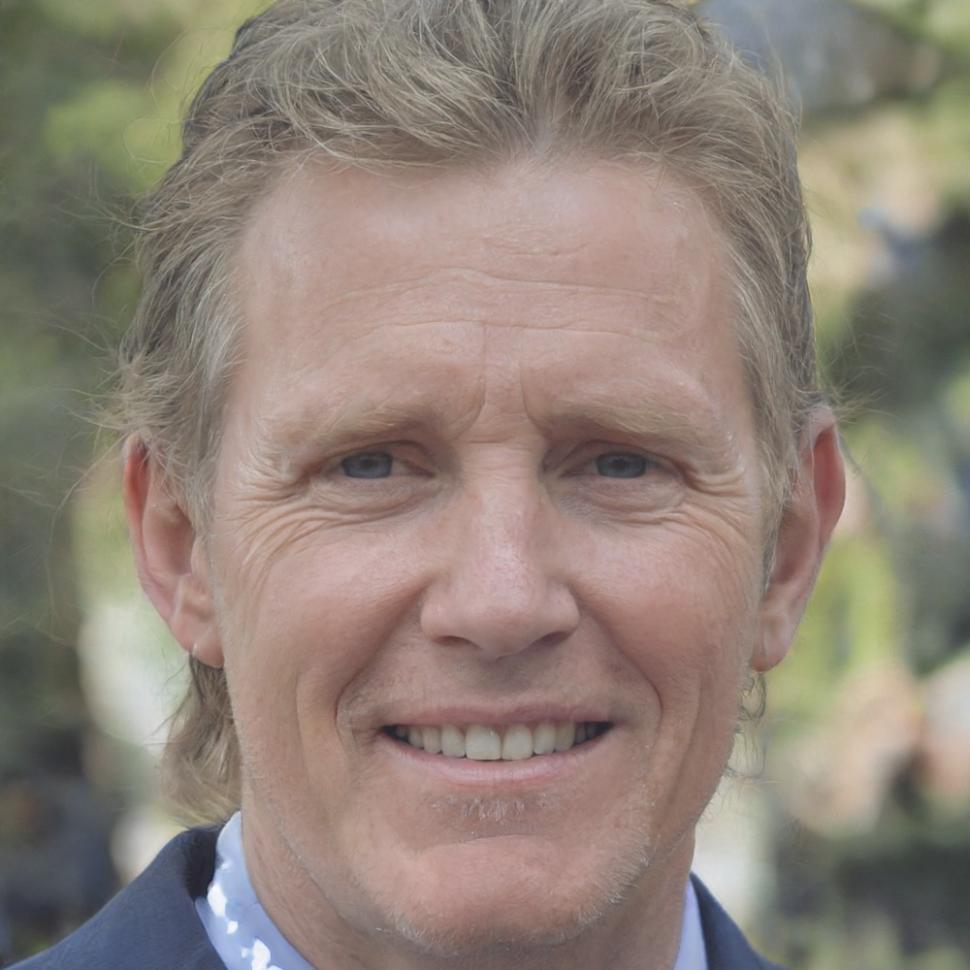Rethink How You Learn About Money
Most people approach investing backwards. They chase returns before understanding principles. We teach you to build a foundation first—one that actually makes sense for your life.
Start a ConversationFour Ways to Actually Absorb This Stuff
Financial education shouldn't feel like homework from a textbook written in 1987. Here's how real people in British Columbia have been making this work for them since early 2024.
Work Through Real Scenarios
Forget hypothetical examples. We walk through actual investment decisions that Canadians face—TFSA vs RRSP trade-offs, when dividend stocks make sense, how mortgage prepayments compete with investing. You'll see the math and the psychology.
Question Common Wisdom
Some advice gets repeated so often it sounds true. "Buy what you know." "Real estate always goes up." "You need a financial advisor to succeed." We'll examine these claims together and figure out what actually holds up.
Track Your Own Patterns
Most people lose money because of behavior, not bad picks. Keep a decision journal for three months. Note what you bought, why you bought it, how you felt. The patterns that emerge tell you more than any course could.
Build in Small Steps
You don't need to master everything before you start. Open an account. Buy one index fund. Watch what happens over six months. Then add complexity as you get comfortable. Learning and doing happen simultaneously.

Why Traditional Education Falls Short
Torsten Bjørnstad spent two years reading investing books and still froze when it came time to actually put money in the market. The problem wasn't knowledge—it was the gap between theory and action.
He found that working through one real decision was worth more than ten chapters of abstract concepts. When he finally understood how to evaluate a single ETF, everything else started making sense.
That's what we focus on here. Not memorization. Not passing a quiz. Just building confidence through practical application that matches how your brain actually works.
Learning Formats That Match Your Schedule
Some people learn best by reading. Others need to talk things through. A few prefer working alone with spreadsheets at midnight. We've built options for all of these, because there's no single "right" way to get this information into your head.

Choose What Works
Self-Paced Modules
Start in September 2025. Work through core concepts on your own timeline. Each module includes decision frameworks you can apply immediately, not just information to remember.
Monthly Discussion Groups
Join conversations with others learning the same material. Sessions run Tuesday evenings starting October 2025. Bring your questions and hear how others are thinking through similar challenges.
One-on-One Sessions
Sometimes you need to work through your specific situation. Book time to discuss your actual portfolio, your real concerns, your particular goals. Available year-round.
Case Study Library
Read through anonymized examples of how other Canadians approached difficult decisions. What they considered, what they chose, how it played out. Learn from both successes and mistakes.

"I wasted a year watching YouTube videos that contradicted each other. Everyone had a different 'system.' What helped was working through my own situation step by step with someone who asked good questions instead of selling answers. Now I actually understand why I own what I own."
Started Learning January 2024, Quesnel